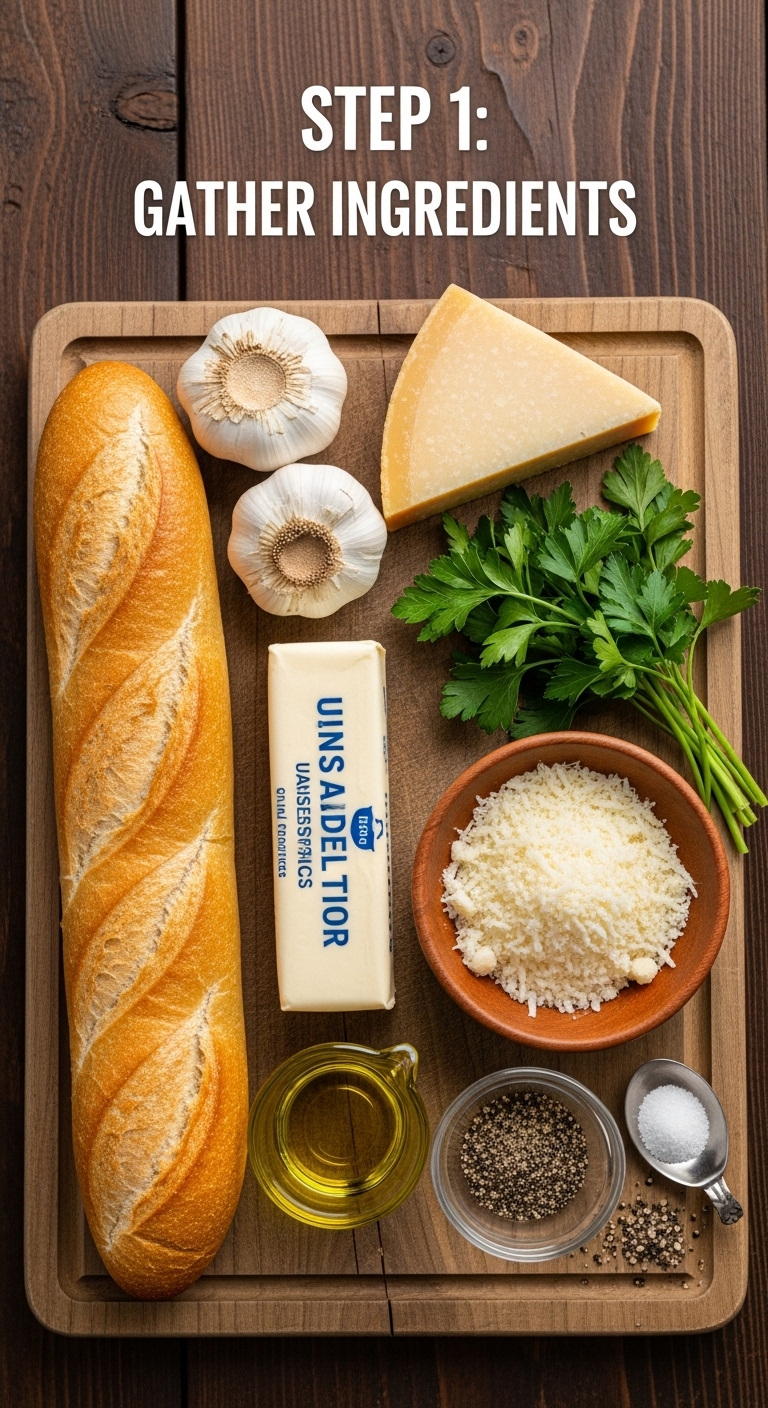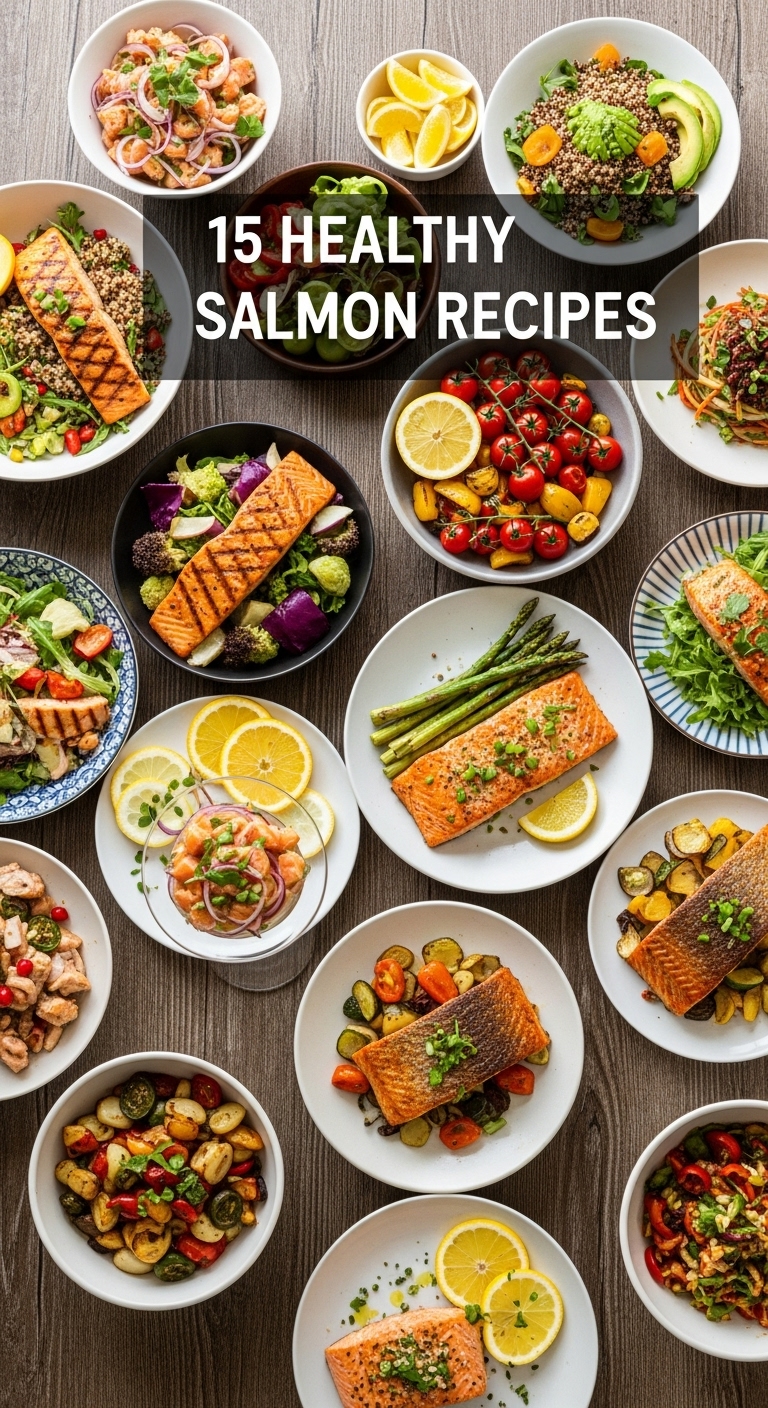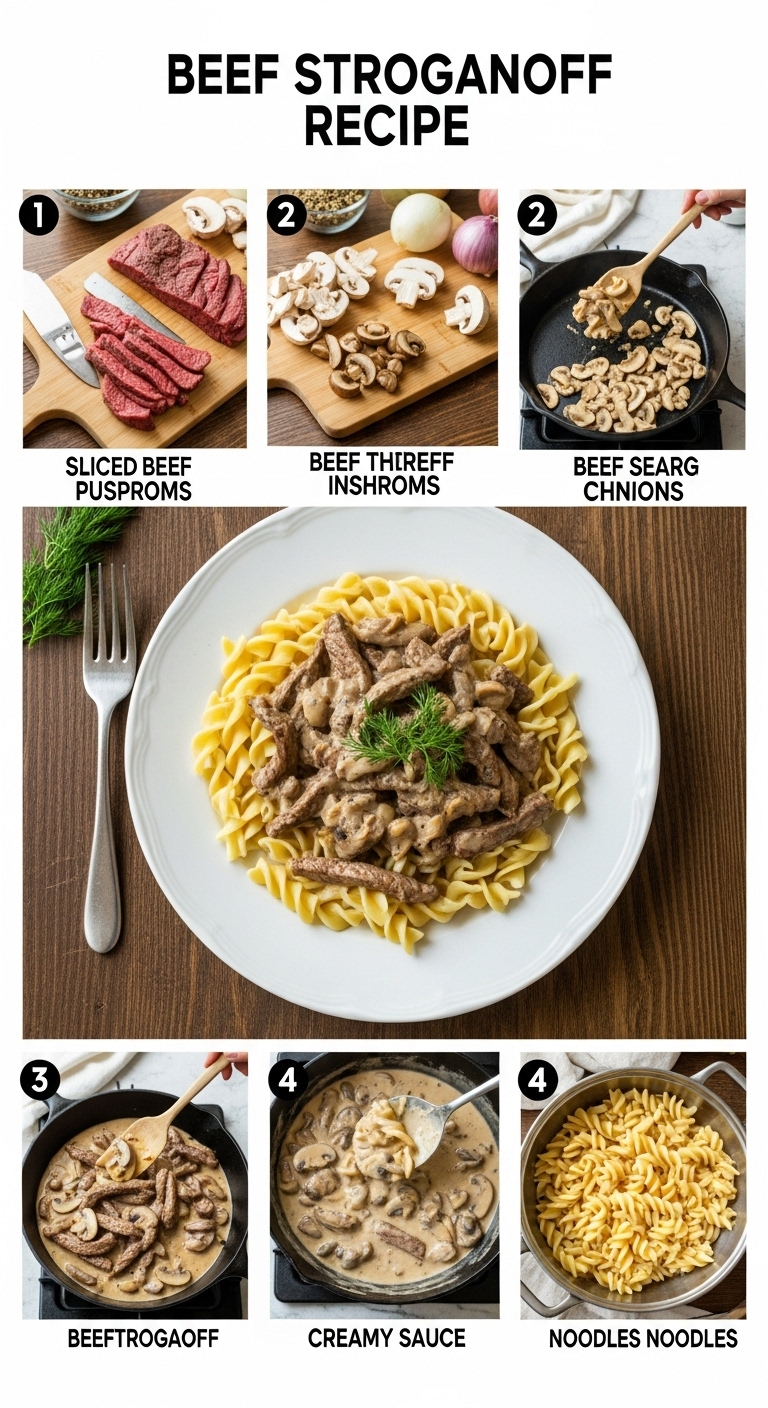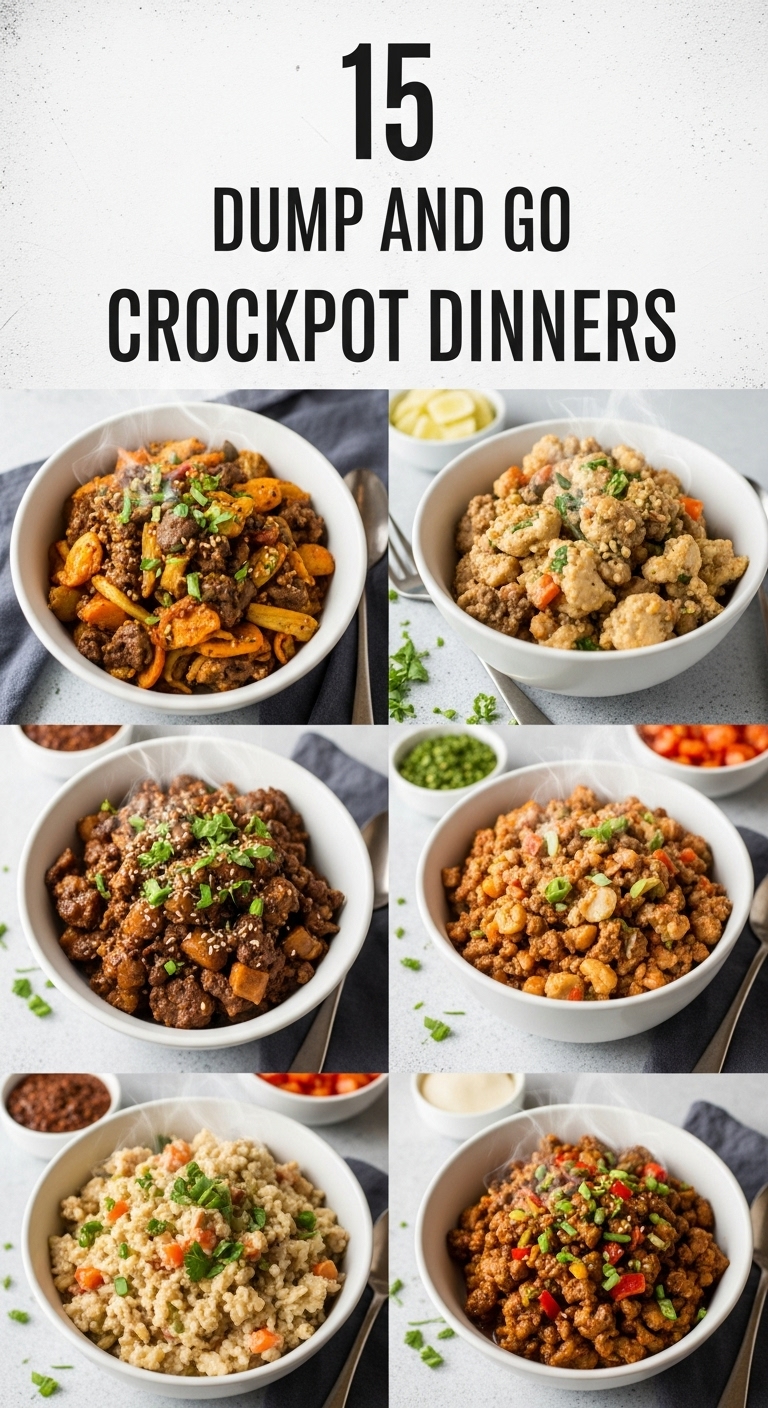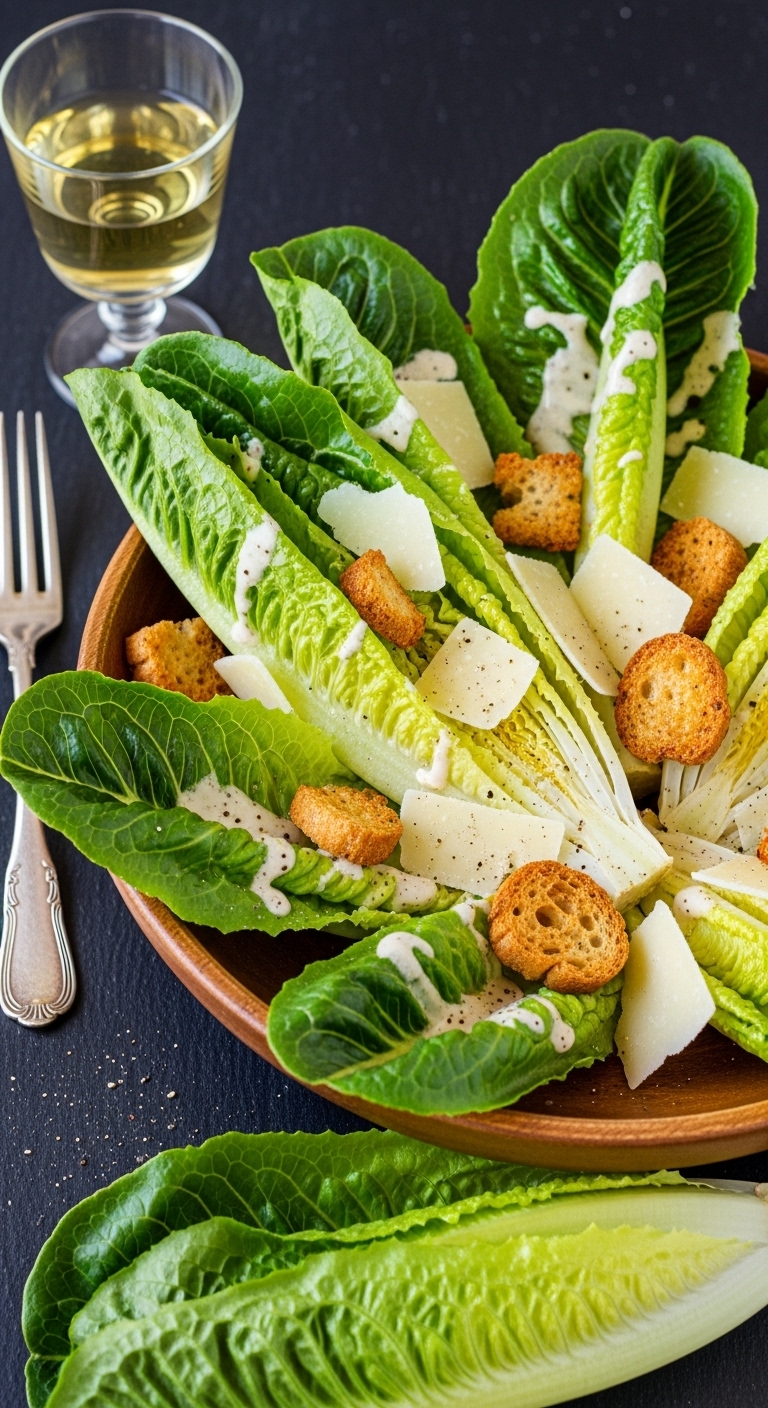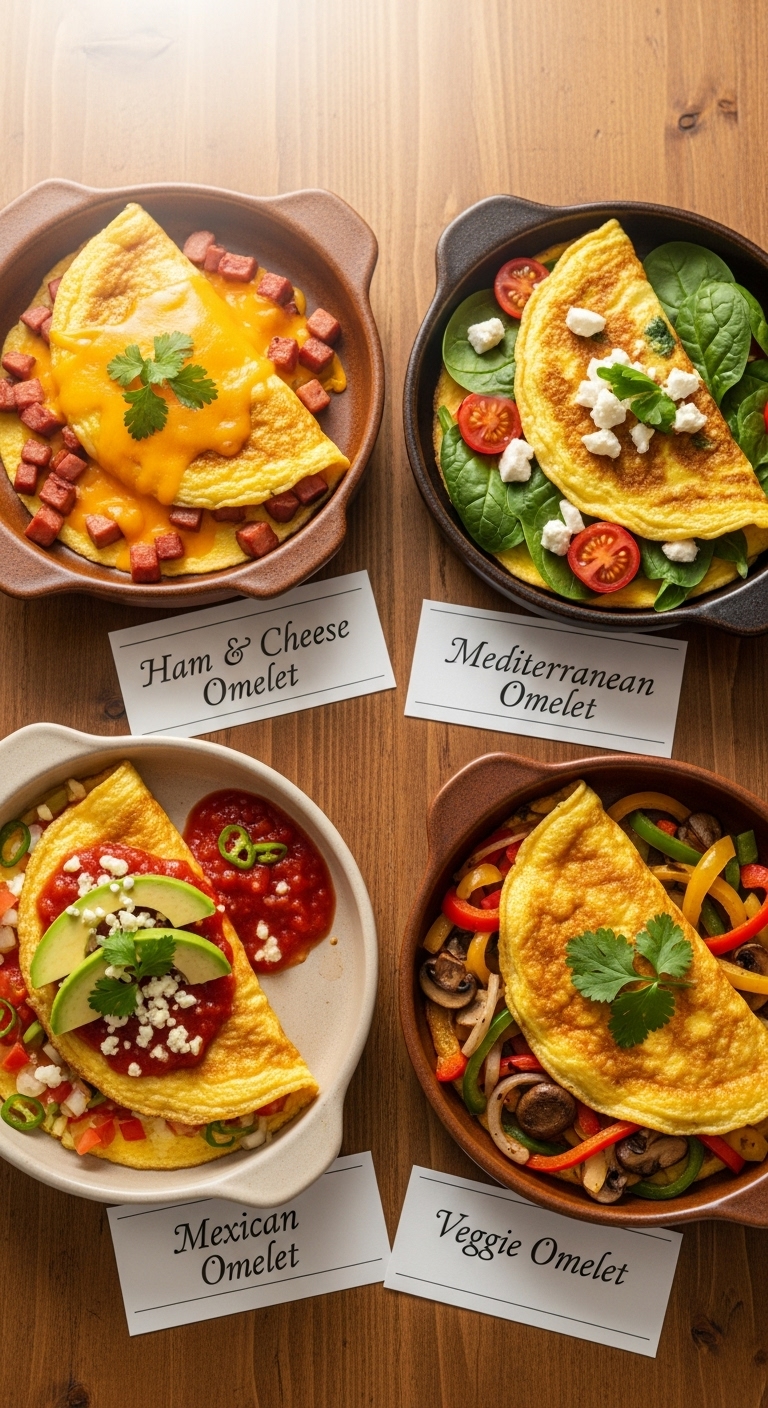The Ultimate Goulash Recipe: A Hearty Journey into Hungarian Comfort Food

When the chill of autumn sets in or you simply need a bowl of profound comfort, few dishes answer the call quite like a steaming bowl of authentic Hungarian goulash. This isn’t the American pasta-based version you might be familiar with—this is the real deal: a rich, hearty Hungarian stew where tender chunks of beef melt in your mouth, swimming in a deeply flavorful, paprika-infused broth with sweet caramelized onions.
Originating from Hungary’s medieval herdsmen, the gulyás, this dish has traveled the world and captured hearts with its simple perfection. The magic lies in the holy trinity of Hungarian cooking: good meat, sweet onions, and copious amounts of high-quality sweet paprika. The result is a rustic, aromatic masterpiece that’s both humble and extraordinarily complex in flavor.
This guide will take you through creating the most authentic goulash you can make outside of Budapest. We’ll explore the crucial techniques—like toasting the paprika and building layers of flavor—that transform basic ingredients into a culinary legend. Get ready to fill your kitchen with an aroma that promises comfort in every spoonful.
Recipe Quick Facts Goulash Recipe
| Detail | Information |
|---|---|
| Prep Time | 30 minutes |
| Cook Time | 2 – 2½ hours |
| Total Time | 2½ – 3 hours |
| Servings | 6-8 |
| Difficulty | Intermediate |
| Cuisine | Hungarian |
Essential Equipment
- Large Dutch oven or heavy-bottomed pot (essential for even heat distribution)
- Sharp chef’s knife
- Cutting board
- Wooden spoon
- Measuring spoons and cups
- Small bowl (for paprika)

Authentic Hungarian Goulash Ingredients
The Foundation
- 3 lbs beef chuck roast, cut into 1-inch cubes
- 2 tablespoons lard or avocado oil (traditional vs. modern)
- 4 large yellow onions, thinly sliced (about 2 lbs)
- 4 cloves garlic, minced
The Spice Profile
- ¼ cup sweet Hungarian paprika (DO NOT use smoked paprika)
- 2 teaspoons caraway seeds, lightly crushed
- 1 teaspoon marjoram
- 2 bay leaves
- Salt and black pepper to taste
- 1-2 fresh Hungarian wax peppers or banana peppers, sliced (optional)
The Liquid and Vegetables
- 4 cups beef broth (low sodium preferred)
- 1 cup dry white wine (optional, but recommended)
- 2 tablespoons tomato paste
- 3 large carrots, sliced into ½-inch rounds
- 2 medium potatoes, cut into 1-inch cubes (optional, for a thicker stew)
- 1 green bell pepper, diced
Step-by-Step Instructions
Step 1: Prepare the Beef
Pat the beef chuck cubes completely dry with paper towels—this is crucial for proper browning. Season generously with salt and black pepper. Heat the lard or oil in your Dutch oven over medium-high heat until shimmering. Working in batches to avoid overcrowding, brown the beef on all sides, about 3-4 minutes per batch. Transfer to a plate and set aside.
Step 2: Caramelize the Onions
Reduce the heat to medium-low. Add the sliced onions to the same pot with a pinch of salt. Cook slowly, stirring occasionally, for 25-30 minutes until the onions are deeply golden brown, soft, and sweet. This slow caramelization is the flavor foundation of your goulash.
Step 3: The Paprika Moment

Remove the pot from heat and stir in the minced garlic, cooking for 30 seconds until fragrant. Now, add the ¼ cup of sweet paprika and stir constantly for 1 minute until the onions are coated and the paprika is fragrant. Never burn paprika—it becomes bitter. Adding it off the heat prevents burning.
Step 4: Deglaze and Build the Stew
Return the pot to medium heat. Add the tomato paste and cook for 1 minute. Pour in the white wine (if using), scraping the bottom vigorously to release all the browned bits (the fond). This is pure flavor. Add the beef broth, bay leaves, crushed caraway seeds, marjoram, and the optional fresh peppers.
Step 5: The Slow Simmer
Return the browned beef and any accumulated juices to the pot. Bring to a gentle boil, then immediately reduce heat to low. Cover and simmer gently for 1½ hours, stirring occasionally. The beef should become fork-tender.
Step 6: Add the Vegetables
After 1½ hours, add the carrots, potatoes (if using), and green bell pepper. Continue simmering, covered, for another 30-45 minutes, or until the vegetables are tender but not mushy.
Step 7: Final Adjustments
Remove the bay leaves. Taste and adjust seasoning with additional salt and pepper if needed. The goulash should have a soup-like consistency—not too thick. If it’s too thin, simmer uncovered for 10-15 minutes. If too thick, add a splash of broth or water.

Pro Tips for Authentic Flavor
- Paprika is King: Use the freshest, highest-quality sweet Hungarian paprika you can find. Check the expiration date—old paprika tastes flat. This is not the place to substitute smoked paprika.
- Low and Slow: Goulash cannot be rushed. The long, gentle simmer is what breaks down the tough collagen in the chuck roast into gelatin, creating that signature tenderness.
- Don’t Skip Onion Caramelization: The sweet, deep flavor of properly caramelized onions provides the flavor base that balances the paprika.
- Brown in Batches: Overcrowding the pot when browning meat creates steam instead of creating a flavorful brown crust. Be patient with this step.
- Consistency Matters: Authentic goulash is somewhere between a soup and a stew. It should have enough broth to be served in a bowl, often with a spoon.
Common Variations
American Goulash
A completely different dish featuring ground beef, elbow macaroni, tomatoes, and cheese. Hearty but not related to the Hungarian original.
Székely Goulash
A Hungarian variation that adds sauerkraut and sour cream for a tangy twist.
Venison Goulash
Substitute venison for beef, excellent for game meat enthusiasts.
Serving Suggestions
- Traditional: Serve in bowls with a slice of crusty rustic bread or dinner rolls for dipping.
- With Dumplings: Accompany with spaetzle, egg noodles, or Hungarian csipetke (pinched dumplings).
- Garnish: Top with a dollop of sour cream and a sprinkle of fresh parsley or dill.
- Vegetable Side: Serve with a simple cucumber salad or steamed green beans to balance the richness.
Storage and Reheating
- Refrigeration: Cool completely and store in an airtight container for up to 4 days. Goulash often tastes even better the next day as flavors continue to meld.
- Freezing: Freeze in portion-sized containers for up to 3 months. Thaw overnight in the refrigerator before reheating.
- Reheating: Gently reheat on the stovetop over low heat, stirring occasionally. Add a splash of broth or water if it has thickened too much.
Food Safety Notes
- Cook beef to a minimum internal temperature of 145°F, though the long simmer will bring it well above this.
- Cool the goulash to room temperature within 2 hours of cooking before refrigerating.
- When reheating, bring to a full boil to ensure food safety.

Frequently Asked Questions
Q: Can I make goulash in a slow cooker?
A: Yes! After browning the meat and caramelizing the onions, transfer everything to a slow cooker and cook on LOW for 7-8 hours. Add the carrots and potatoes during the last 2 hours of cooking.
Q: What’s the difference between goulash and stew?
A: While both are slow-cooked meat dishes, authentic goulash is characterized by its strong paprika flavor, thinner broth-like consistency, and Hungarian origins.
Q: Can I use a different cut of beef?
A: Chuck roast is ideal because of its fat content and collagen, which breaks down during long cooking. Round roast or brisket also work well.
Q: My goulash is too spicy! What happened?
A: You may have accidentally used hot paprika instead of sweet paprika. Balance it with a teaspoon of sugar and a dollop of sour cream when serving.
Q: Is goulash gluten-free?
A: This authentic recipe is naturally gluten-free. Always check your broth and other packaged ingredients to ensure they meet your dietary needs.
Conclusion: A Taste of Hungarian Tradition
Mastering authentic Hungarian goulash is about embracing simplicity and technique. It’s a dish that teaches patience—the patience to properly brown meat, to slowly caramelize onions, to gently toast paprika without burning it, and to let time work its magic through a long, slow simmer.
The result is worth every minute: a bowl of profound comfort that speaks to centuries of tradition. The deep ruby color, the tender beef, the sweet vegetables, and that unmistakable paprika warmth create an experience that nourishes both body and soul.
This recipe is your passport to creating a genuine taste of Hungary in your own kitchen. So gather your ingredients, channel your inner gulyás, and prepare to create a meal that will become a cherished favorite for years to come. Egészségedre! (To your health!)

